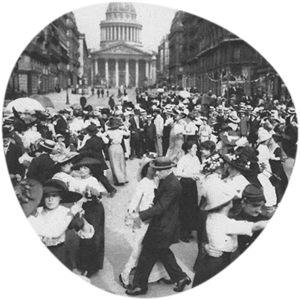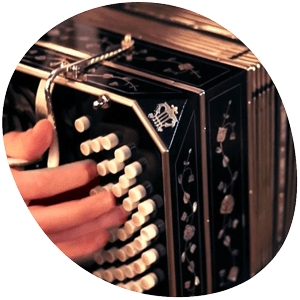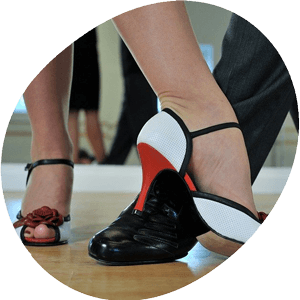Why learn tango?
Argentine tango is one of the most sophisticated couple dances you can learn.
Whether you like dancing salsa, ballroom or salon dances, lindy hop, American swing, bachata, rock and roll or merengue …
Dancing tango is for everyone and all ages.
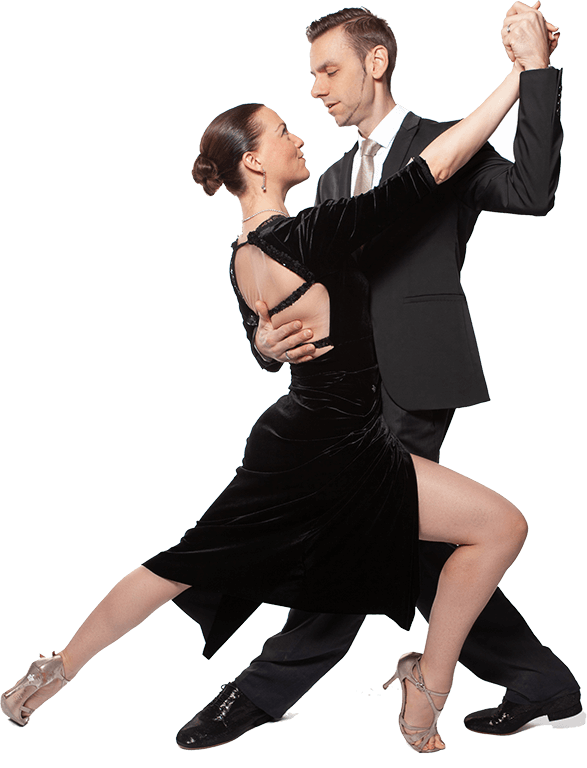
Tango = social dance!
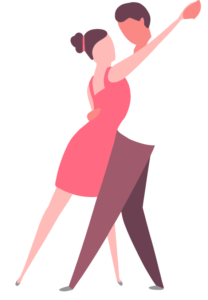
Tango is a social dance. Similarly to salsa and lindy hop, the tango scene has dance parties.
In other words, you can “go out” to dance at tango parties, which are called milonga’s. People from all over join to practice dancing, to talk, share a drink, …
In Brussels (and other cities) you can go out and dance every night of the week. All this in a relaxed and welcoming atmosphere.
Tango = improvisation
Because of that, the follower follows these steps and embellishes the movements. For example, some of the famous gestures are boleo’s, gancho’s, lapiz, …
In Argentine tango every step is possible, therefore there is no wrong nor right. You can even be creative and invent your own steps!
Do you need a dance partner?
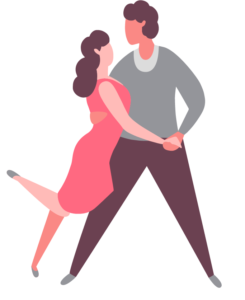
Yes! It takes two to tango!
What if you don’t have a dance partner?
No problem! We will help you find someone to join our dance classes!
At BE-TANGO we aim to balance the amount of leaders and followers in our classes.
As a result, everyone gets the chance to dance with a partner for the full duration of the tango lessons.
Nice to know about tango!
An overview of our favorite international events and milonga’s abroad.
What is the difference between Argentine tango and ballroom dancing? How does tango compare to salsa, lindy hop, etc….
Do we only teach & dance tango?
Many times we get the question: “Do you only dance tango?”
The answer is simple: no, … Argentine tango dancing consists out of a variety of styles. So, the type of tango style depends on the tango music.
Consequently, mastering these different tango styles is why we believe we need more than one lifetime to master the skill of dancing Argentine tango. Also, this dance knows a lot of fusions and continues to evolve every day. Hence, the continuous learning process is on…
Milonga music is faster, rhythmical and has a strongly accented beat. Dancers avoid pausing while dancing. Therefore, they use the same basic elements of tango, avoiding the complex ones. They dance with a strong emphasis on the rhythm.
One of the characteristics of dancing vals is the absence of pauses. To clarify, it is a non-stop circular dance. The fairly relaxed, smooth flowing motion is the way how tango dancers dance the vals. Because they want some variety, turns (giro’s) are implemented on occasion.
Passionionate & dramatic style
Typical orchestra: Osvaldo Pugliese
Fast & rhythmical style
Typical orchestra: Juan D’Arienzo
Soft & romantic style
Typical orchestra: Carlos di Sarli
Fun & playful style
Typical orchestra: Edgardo Donato
We teach tango, vals (waltz) and milonga
So, now you know. When we dance Argentine tango, we do not only dance tango … but also vals and milonga.
- Milonga is a fast and rhymtical dance, defined by it’s simple steps and fun musicality. That is why, we call it the salsa or even the rock and roll of Argentine tango.
- Vals is, like the Viennese waltz, a circular dance where we dance continuously to the 1-2-3 rhythm.
It’s really fun!
You can even dance tango to non-tango music (pop-music) if you wanted to! Check the various existing tango styles.
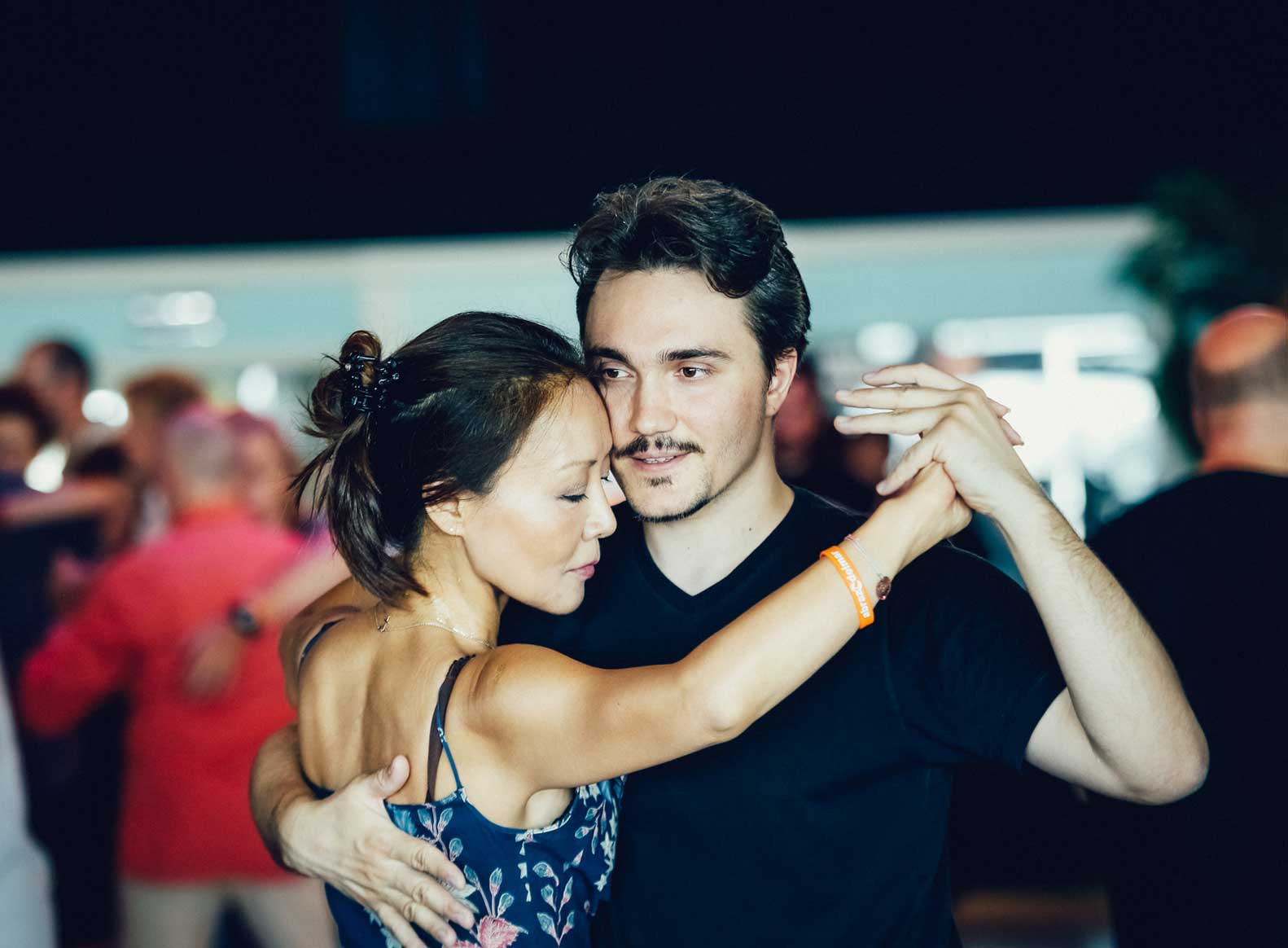
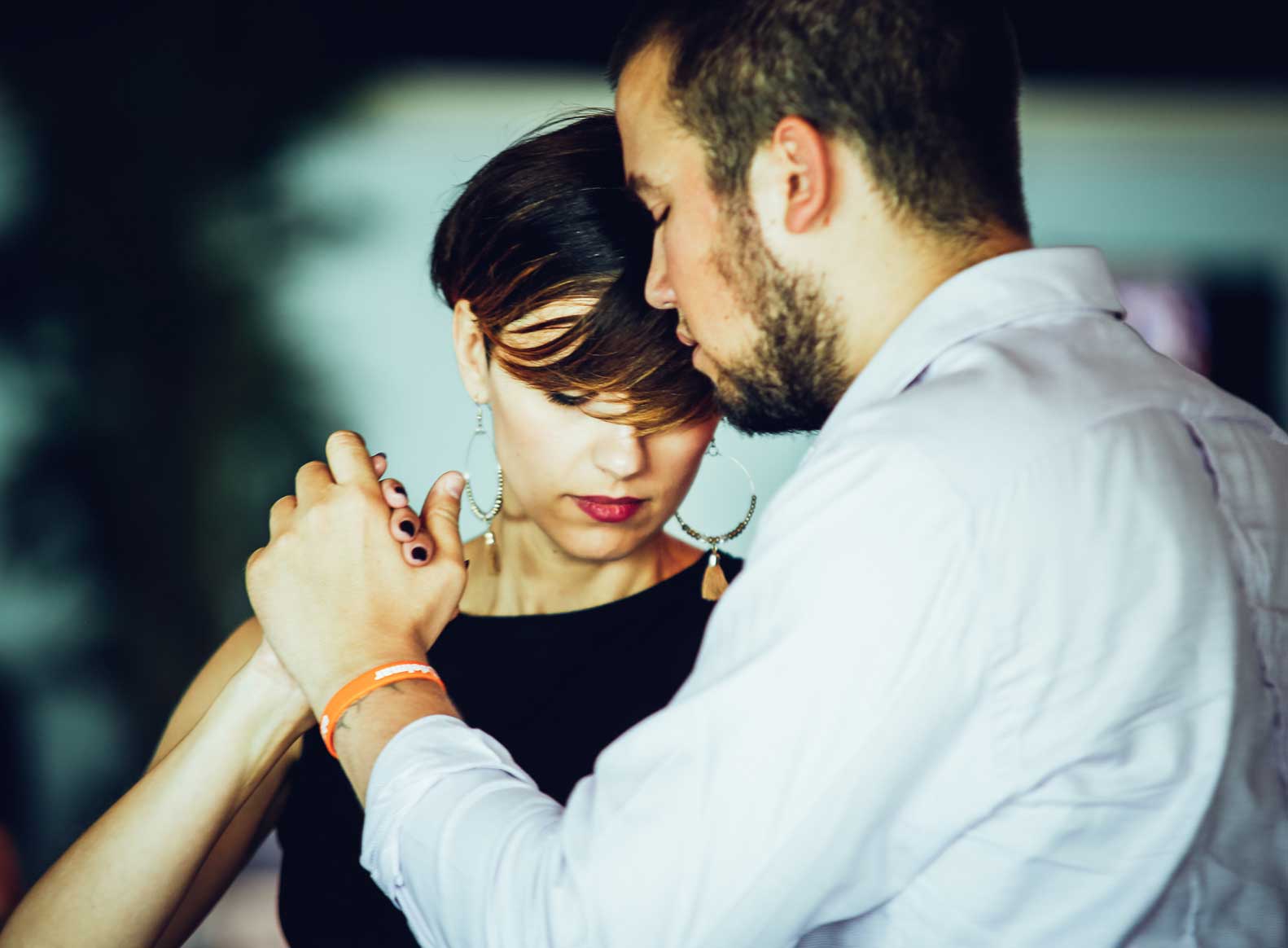
Enjoy the encounters with different dancers
Tango is an international dance, danced throughout the entire world.
In other words, it is the perfect tool to connect with people from everywhere and of all ages.
All major cities have their own tango parties and tango festivals. As a result, you will be able to enrich your holiday – or business trips – with a night out dancing.

